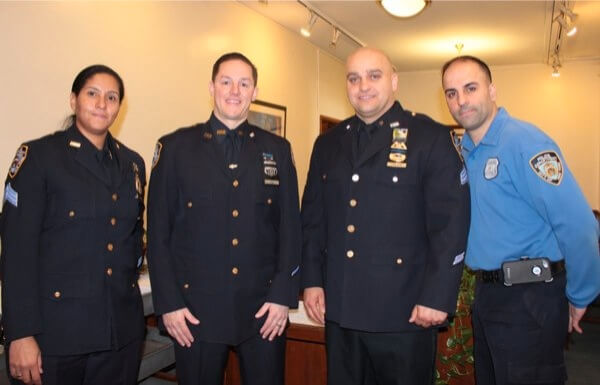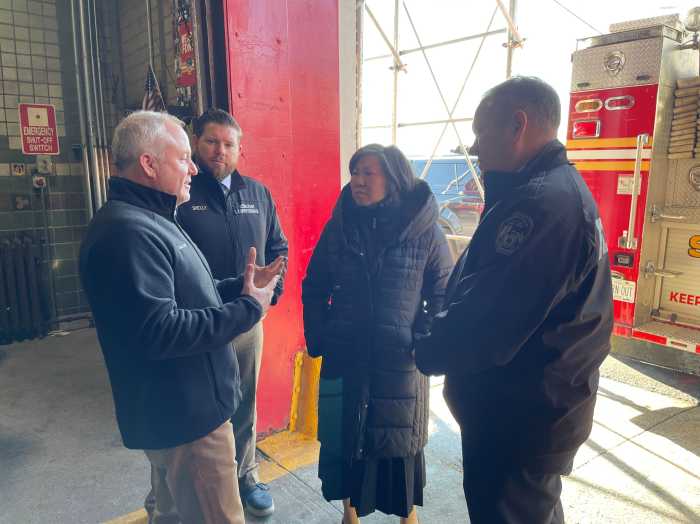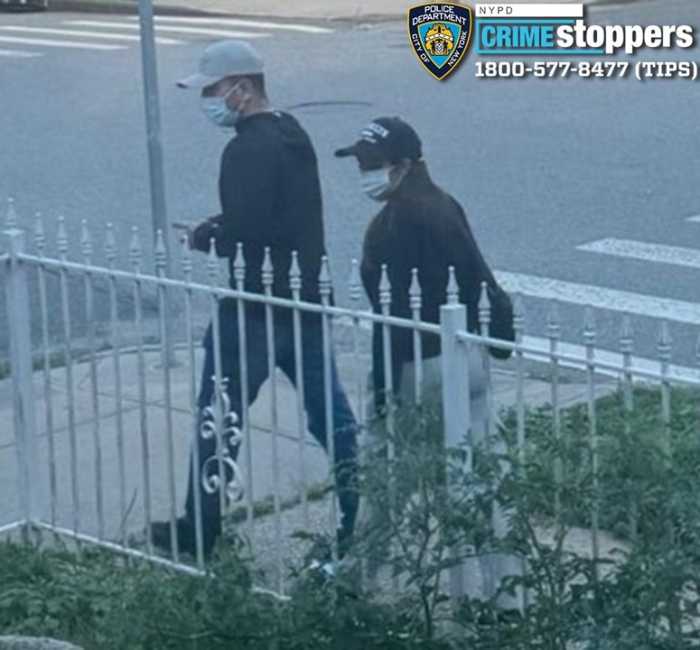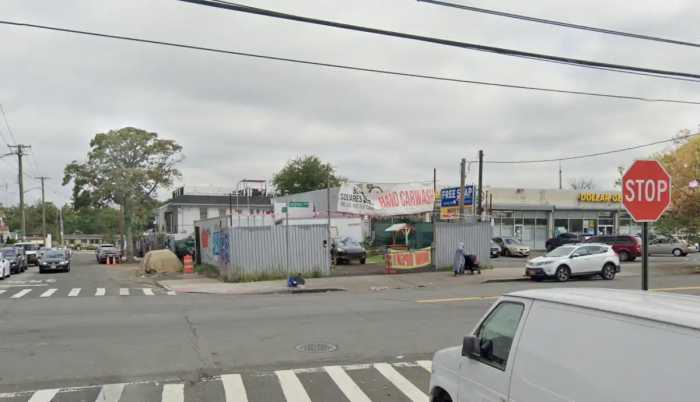By Naeisha Rose
The New York Police Department was at Queens Borough Hall in Kew Gardens last week, where it said its new neighborhood crime-fighting strategy built on collaboration with community residents has helped lower crime throughout the city.
The NCO program breaks up police precincts into four or five sectors and is staffed by two officers who, when not responding to emergency radio calls, devote their time to engaging with residents in their sectors in order to identify local problems, serve as liaisons between the police and the community while solving crime.
The program was introduced in 2015, and the NYPD intends to have NCOs at every precinct by the end of 2018.
“The great thing about community policing is that the community has a familiar face,” said Sgt. Widy Geritano, of Patrol Borough Queens South. “Instead of constantly getting to know a new officer, the community members now have a person that they see on a regular basis.”
The NYPD believes that residents’ familiarity with the coordination officers has resulted in more people coming forward with issues in their area. This helps police gather tips to do their jobs more efficiently.
“People feel more comfortable with relaying any type of tips or any type of information that they might have had,” said Geritano. “Trust has now been established and both sides of communication has greatly improved.”
Residents are also able to get a better handle on the status of a police case.
“Half of the time when you call 311 or 911, you don’t know if anything was done about it,” said the sergeant. “Under the neighborhood policing model the officers are able to give back that information to their constituents in the community that raised their concerns to the NCOs that is open dialogue.”
If residents want to learn which officers are assigned to their neighborhood and learn how to get to know them at a meeting or issue a complaint, they can visit the Build The Block NYC website and simply enter their address to find those details, according to Geritano.
The 102nd Precinct (Ozone Park, Kew Gardens, Richmond Hill and Woodhaven) is the only police station in the southern policing section of Queens without an NCO program, but that will change in mid-July. The 100, 101, 103, 105, 106, 107 and 113 precincts rolled out their programs between 2015 and April 2018, the sergeant said.
In the northern policing section of Queens, the 109, 110, 111, 114 and 115 precincts have an NCO program. The 112 Precinct will have a program in mid-July, and the 104 and 108 precincts will introduce theirs in October, according to Geritano.
The NCO program has proven to be such a success for the NYPD that other police departments in the country want to implement its policies.
“Crimes are being solved a lot quicker… and that has led to more criminals being apprehended, more quality-of-life issues being taken care of before they escalate… and there is definitely a correlation, because we have noticed that all of the commands under neighborhood-based policing have significantly decreased crime,” said Geritano. “We have had visitors from Chicago P.D. and LAPD who have attended our Compstat presentations and they are seeing what is working here and are considering to adopt it in their cities.”
Community Board 4 (Corona) District Manager Christian Cassagnol was pleased to learn about the results of the NCO program.
“I know the civics groups that depend on them and the merchant groups that depend on them,” said Cassagnol. “The interactions have been all positive thus far.”
Corona falls within the 110 Precinct’s coverage area and has had the NCO program for approximately over a year.
“There definitely is more community interaction, and to see large civic group meetings and to see that the NCOs are there means that there is more community outreach, and we are in favor of it,” said Cassagnol.
Reach reporter Naeisha Rose by e-mail at nrose



































